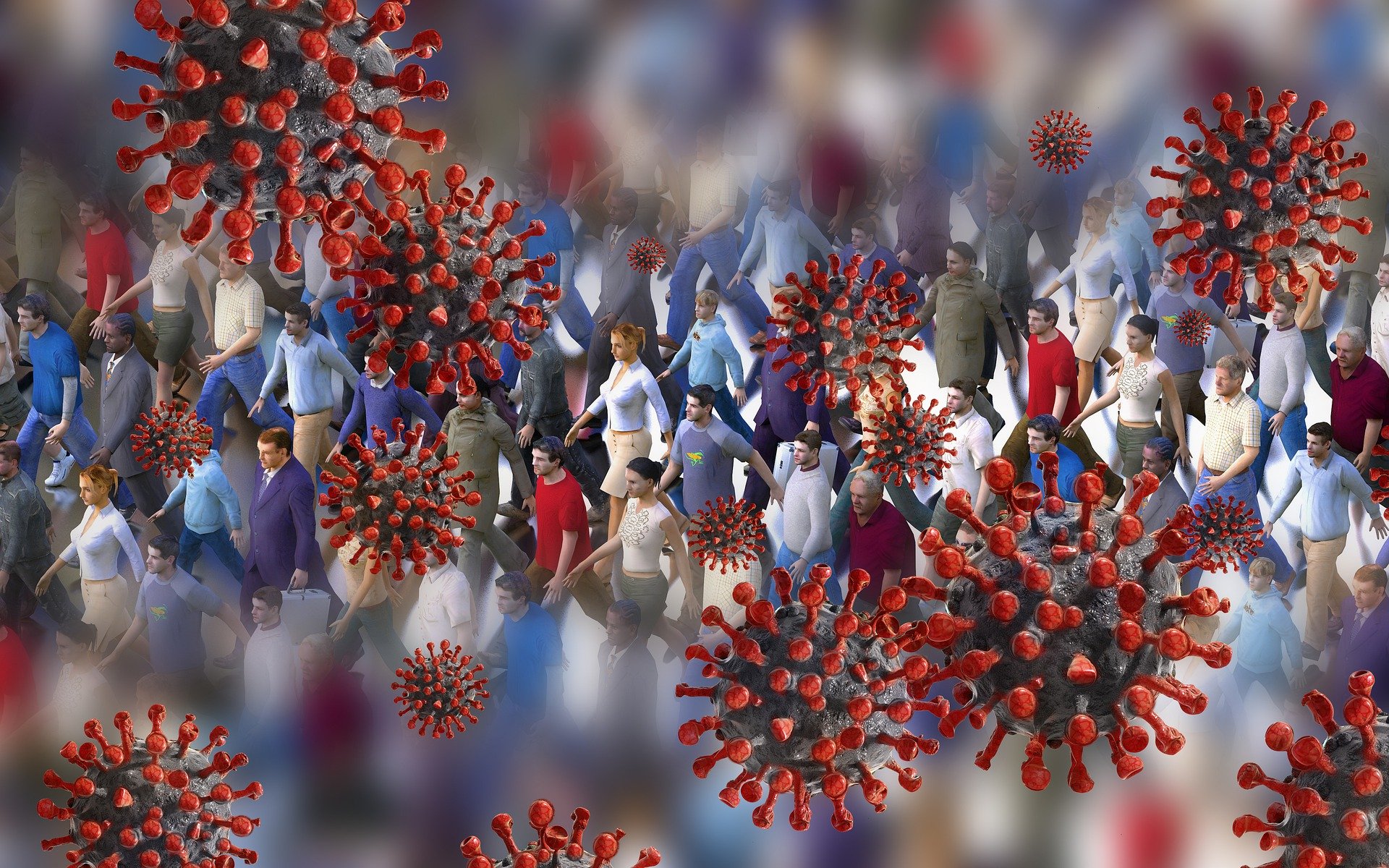
Elderly people with pre-existing conditions and who are overweight are considered to be the group most at risk of developing severe or even life-threatening cases of COVID-19, a disease caused by the SARS-CoV-2 novel coronavirus. In most cases, however, this severe progression is not apparent from the outset, but only after over a week. Scientists at the Essen University Hospital, Germany, and also from Wuhan have now discovered that early on, there is already an indication of the course of the disease. Due to a specific biomarker in the blood.
A team of researchers led by Ulf Dittmer, professor of virology and head of the Institute of Virology at the University Hospital Duisburg-Essen, discovered in studies on 40 COVID-19 patients in Wuhan that people whose T cell counts are low at the beginning of the infection tend to have a more severe progression of the disease than people with higher T cell counts. The immune system activates these T cells in the blood to attack a pathogen when there is an infection.
“We have determined that people who have a low count of a certain type of white blood cell at the onset of a Sars-CoV-2 infection have a higher risk of a more severe of the disease,” said Dittmer in an interview with the German independent news platform Focus.de. “So-called CD8-positive T cells play a particularly important role here. These immune system cells can detect and kill infected somatic cells. They thereby prevent the virus from replicating.”
Determining relevant findings for developing a vaccine
According to Dittmer, not only the total Tcell count but also the ratio of CD8 cells and what are referred to as neutrophils are key. CD8 cells are responsible for killing virus-infected cells, while neutrophils fend off bacteria. “They can also have a very strong regulatory effect on other cells belonging to the immune system. If there are too many neutrophils in the blood, they tend to suppress the function of T-cells,” Dittmer explains. “It can, therefore, be assumed that an elevated number of neutrophils in COVID-19 patients might contribute to a decrease in T cell counts.”
By analyzing these cells, it is possible to predict which patient is at a greater risk of developing a more severe case of the disease. “These patients need to be monitored more closely and perhaps be treated at an earlier stage. For example, with oxygen.” However, it might also be possible to protect people more effectively who run a higher risk of falling seriously ill. “Therapies that damage T-cells, such as those that are used with immunosuppressants or chemotherapies, could be adapted or suspended. Therapies involving the activation of T-cells through immunostimulant drugs or vitamins are also feasible,” Dittmer went on to say.
Aside from being able to protect people who are particularly at risk, his team’s findings may even play a role in the development of a vaccine against the SARS-CoV-2 virus. “The ability to induce not only antibodies but also T-cells in a vaccine against SARS-CoV-2 will be crucial in order to be able to provide adequate protection,” Dittmer stresses.
The researchers have published their findings in The Lancet medical journal.

